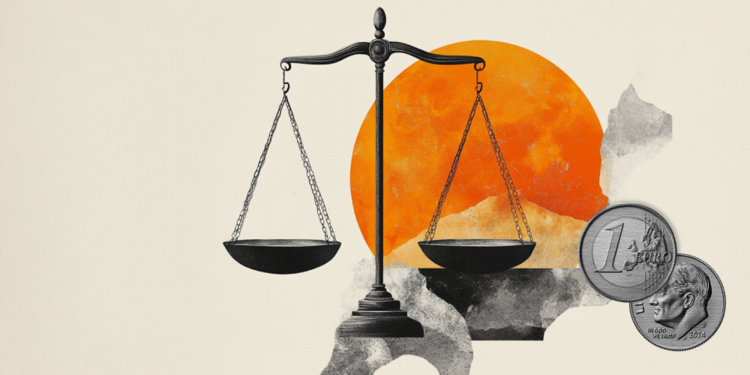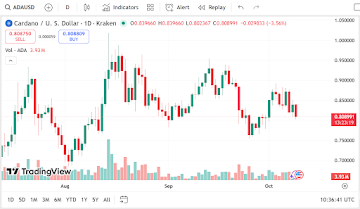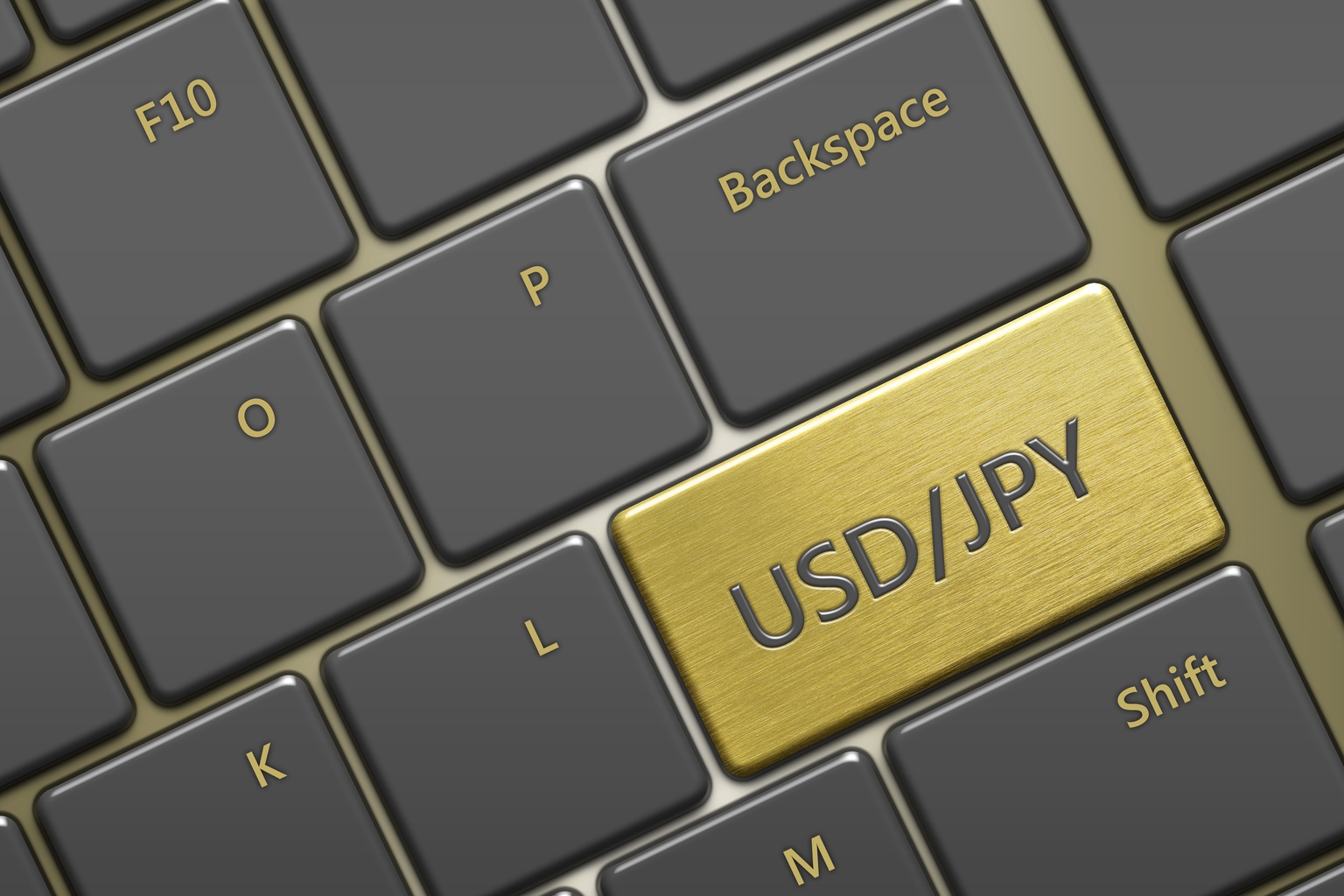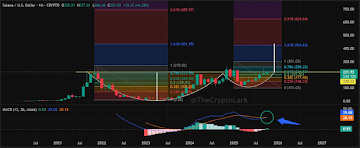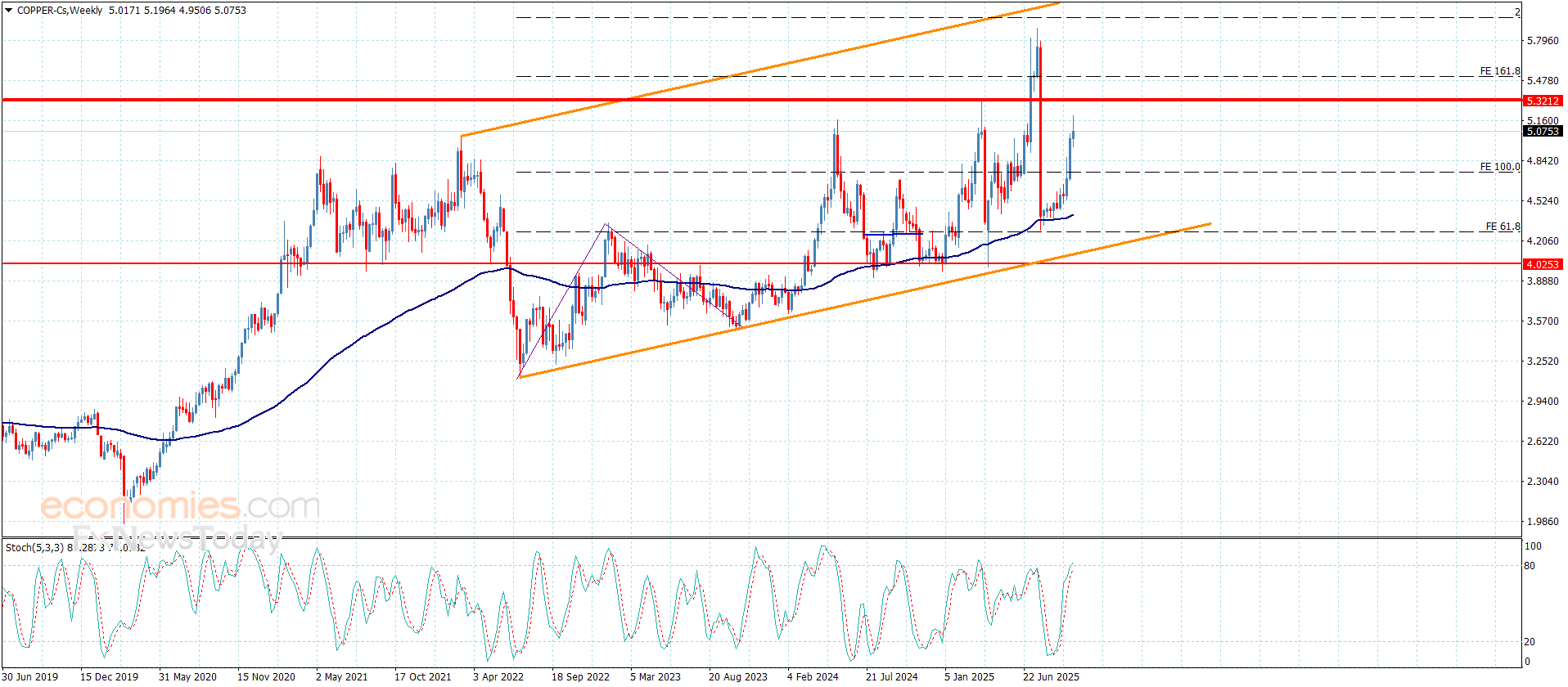Category: Forex News, News
Euro recovery could remain shallow
EUR/USD lost more than 0.5% on Thursday and closed the fourth-consecutive day in negative territory. Although the pair edges higher in the European session on Friday, it shows no signs of a decisive recovery yet.
Euro Price This week
The table below shows the percentage change of Euro (EUR) against listed major currencies this week. Euro was the weakest against the US Dollar.
| USD | EUR | GBP | JPY | CAD | AUD | NZD | CHF | |
|---|---|---|---|---|---|---|---|---|
| USD | 1.27% | 1.09% | 2.17% | 0.44% | 0.48% | 1.12% | 1.13% | |
| EUR | -1.27% | -0.28% | 0.81% | -0.86% | -0.82% | -0.19% | -0.17% | |
| GBP | -1.09% | 0.28% | 1.20% | -0.57% | -0.54% | 0.10% | 0.11% | |
| JPY | -2.17% | -0.81% | -1.20% | -1.64% | -1.70% | -1.09% | -1.06% | |
| CAD | -0.44% | 0.86% | 0.57% | 1.64% | 0.08% | 0.68% | 0.69% | |
| AUD | -0.48% | 0.82% | 0.54% | 1.70% | -0.08% | 0.65% | 0.65% | |
| NZD | -1.12% | 0.19% | -0.10% | 1.09% | -0.68% | -0.65% | 0.00% | |
| CHF | -1.13% | 0.17% | -0.11% | 1.06% | -0.69% | -0.65% | -0.01% |
The heat map shows percentage changes of major currencies against each other. The base currency is picked from the left column, while the quote currency is picked from the top row. For example, if you pick the Euro from the left column and move along the horizontal line to the US Dollar, the percentage change displayed in the box will represent EUR (base)/USD (quote).
The persistent US Dollar (USD) strength forced EUR/USD to stay on the back foot on Thursday. Meanwhile, the Euro continues to have a difficult time attracting investors amid the ongoing political drama in France.
Nevertheless, European Central Bank (ECB) policymakers’ cautious comments on policy easing seems to be helping EUR/USD holds its ground. ECB policymaker Martins Kazaks said on Friday that it is appropriate for the key ECB rate to remain at 2%, while Governing Council member Jose Luis Escriva noted that inflation remains contained, adding negative risks to growth have not materialized.
In the second half of the day, the University of Michigan will publish the preliminary Consumer Sentiment Index data for October. In case there is a significant improvement in consumer confidence, the USD could gather strength heading into the weekend and weigh on the pair. Investors will also pay close attention to the 1-year Consumer Inflation Expectations component of the survey. A noticeable decline in this data could hurt the USD and help EUR/USD stretch higher.
EUR/USD Technical Analysis
The Relative Strength Index (RSI) indicator on the 4-hour chart remains below 40, suggesting that the latest recovery attempt is a technical correction, with the bearish bias staying unchanged. Moreover, EUR/USD trades well below the 100-day Simple Moving Average (SMA), after posting its first daily close below this level since February.
In case EUR/USD stays below 1.1580 (Fibonacci 61.8% retracement of the latest uptrend), technical sellers could remain interested. In this scenario, 1.1550 (static level) could be seen as an interim support level before 1.1500 (round level, Fibonacci 78.6% retracement). Looking north, resistance levels could be spotted at 1.1630-1.1640 (100-day SMA, Fibonacci 50% retracement) and 1.1700-1.1715 (Fibonacci 38.2% retracement, 200-period SMA).
Euro FAQs
The Euro is the currency for the 19 European Union countries that belong to the Eurozone. It is the second most heavily traded currency in the world behind the US Dollar. In 2022, it accounted for 31% of all foreign exchange transactions, with an average daily turnover of over $2.2 trillion a day.
EUR/USD is the most heavily traded currency pair in the world, accounting for an estimated 30% off all transactions, followed by EUR/JPY (4%), EUR/GBP (3%) and EUR/AUD (2%).
The European Central Bank (ECB) in Frankfurt, Germany, is the reserve bank for the Eurozone. The ECB sets interest rates and manages monetary policy.
The ECB’s primary mandate is to maintain price stability, which means either controlling inflation or stimulating growth. Its primary tool is the raising or lowering of interest rates. Relatively high interest rates – or the expectation of higher rates – will usually benefit the Euro and vice versa.
The ECB Governing Council makes monetary policy decisions at meetings held eight times a year. Decisions are made by heads of the Eurozone national banks and six permanent members, including the President of the ECB, Christine Lagarde.
Eurozone inflation data, measured by the Harmonized Index of Consumer Prices (HICP), is an important econometric for the Euro. If inflation rises more than expected, especially if above the ECB’s 2% target, it obliges the ECB to raise interest rates to bring it back under control.
Relatively high interest rates compared to its counterparts will usually benefit the Euro, as it makes the region more attractive as a place for global investors to park their money.
Data releases gauge the health of the economy and can impact on the Euro. Indicators such as GDP, Manufacturing and Services PMIs, employment, and consumer sentiment surveys can all influence the direction of the single currency.
A strong economy is good for the Euro. Not only does it attract more foreign investment but it may encourage the ECB to put up interest rates, which will directly strengthen the Euro. Otherwise, if economic data is weak, the Euro is likely to fall.
Economic data for the four largest economies in the euro area (Germany, France, Italy and Spain) are especially significant, as they account for 75% of the Eurozone’s economy.
Another significant data release for the Euro is the Trade Balance. This indicator measures the difference between what a country earns from its exports and what it spends on imports over a given period.
If a country produces highly sought after exports then its currency will gain in value purely from the extra demand created from foreign buyers seeking to purchase these goods. Therefore, a positive net Trade Balance strengthens a currency and vice versa for a negative balance.
Written by : Editorial team of BIPNs
Main team of content of bipns.com. Any type of content should be approved by us.
Share this article:
